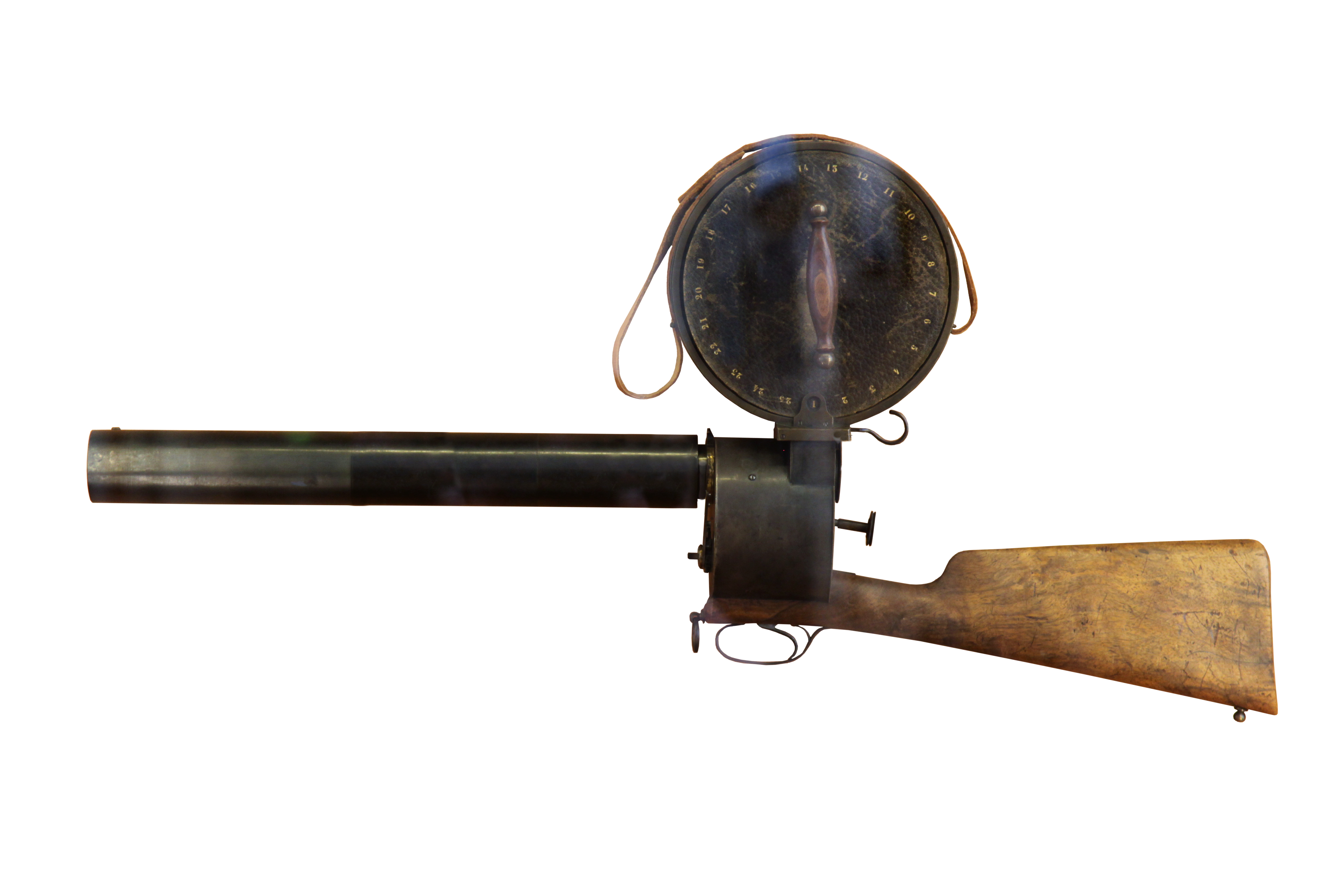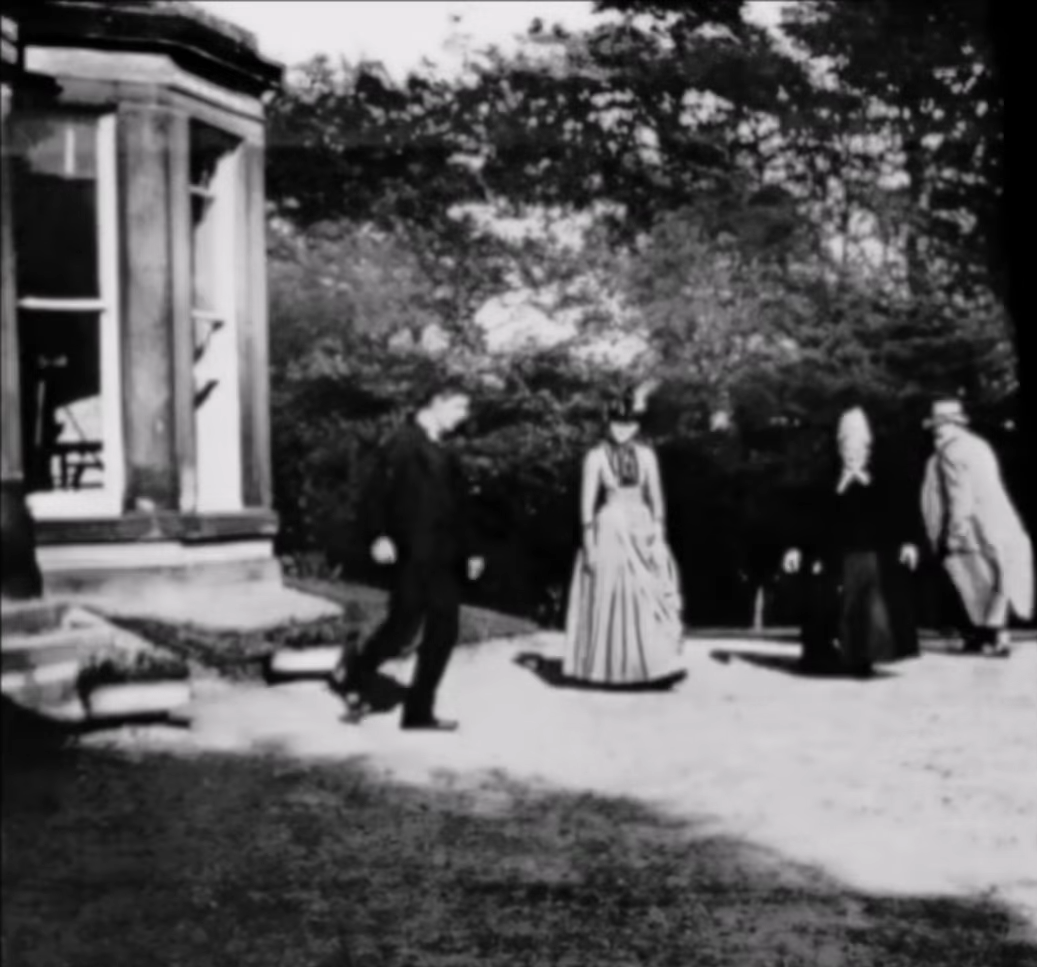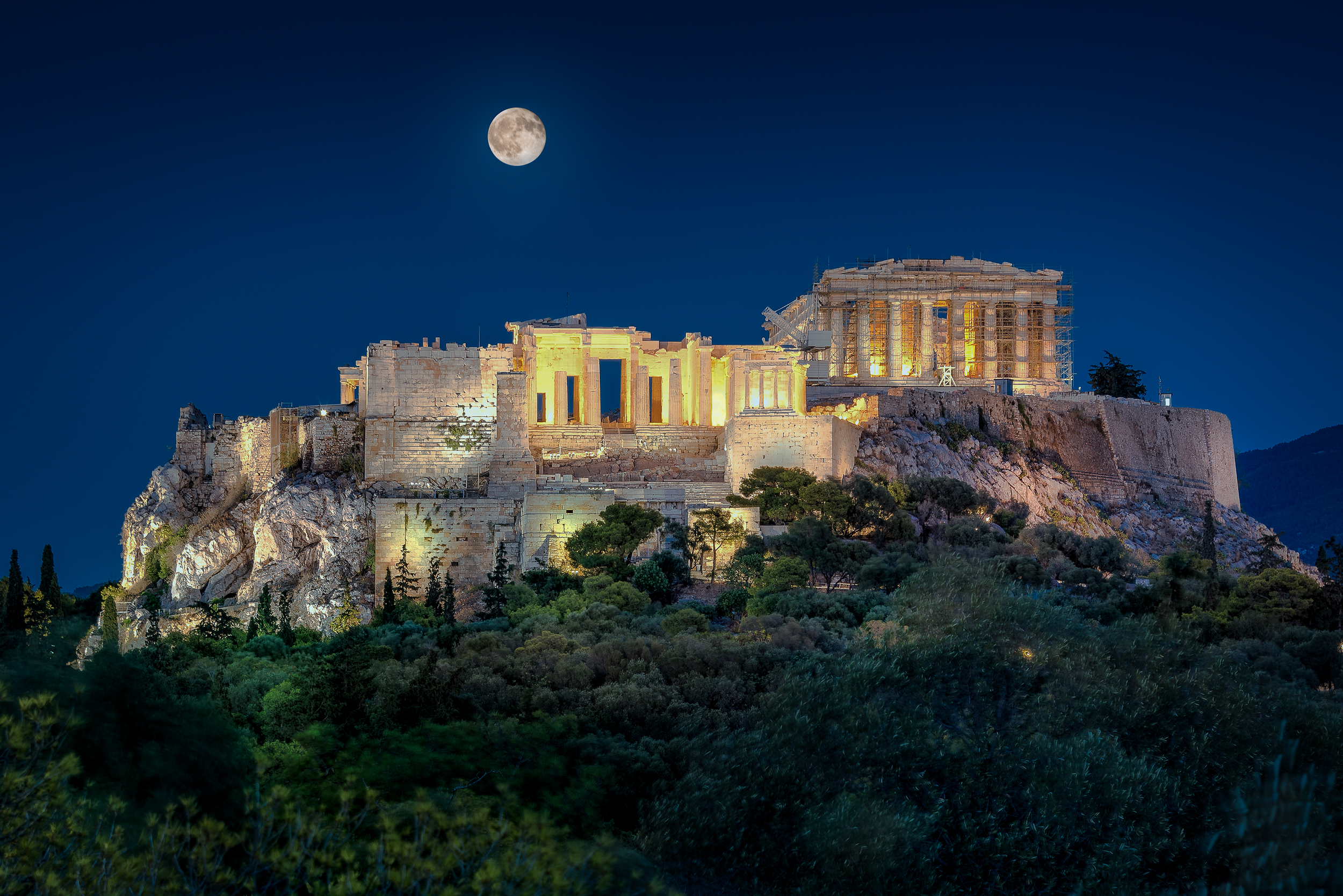|
Cinematograph
Cinematograph or kinematograph is an early term for several types of motion picture film mechanisms. The name was used for movie cameras as well as film projectors, or for complete systems that also provided means to print films (such as the Lumière). History A device by this name was invented and patented as the " Léon Bouly" by French inventor Léon Bouly on February 12, 1892. Bouly coined the term "cinematograph," from the Greek for "writing in movement."Abel, Richard. Encyclopedia of Early Cinema. 1st ed. London: Routledge, 2004. Due to a lack of money, Bouly could not develop his ideas properly and maintain his patent fees, so the Lumière brothers were free to adopt the name. In 1895, they applied it to a device that was mostly their own invention. The Lumière brothers made their first film, '' Workers Leaving the Lumière Factory'' (''Sortie de l'usine Lumière de Lyon''), that same year. The first commercial, public screening of cinematographic films happened ... [...More Info...] [...Related Items...] OR: [Wikipedia] [Google] [Baidu] |
Cinematography
Cinematography () is the art of motion picture (and more recently, electronic video camera) photography. Cinematographers use a lens (optics), lens to focus reflected light from objects into a real image that is transferred to some image sensor or Photographic film, light-sensitive material inside the movie camera. These Exposure (photography), exposures are created sequentially and preserved for later processing and viewing as a motion picture. Capturing images with an electronic image sensor produces an Charge-coupled device, electrical charge for each pixel in the image, which is Video processing, electronically processed and stored in a video file for subsequent processing or display. Images captured with photographic emulsion result in a series of invisible latent images on the film stock, which are chemically "Photographic developer, developed" into a Positive (photography), visible image. The images on the film stock are Movie projector, projected for viewing in the sam ... [...More Info...] [...Related Items...] OR: [Wikipedia] [Google] [Baidu] |
List Of Film Formats
This list of motion picture film formats catalogues formats developed for shooting or viewing motion pictures, ranging from the Chronophotographe format from 1888, to mid-20th century formats such as the 1953 CinemaScope format, to more recent formats such as the 1992 IMAX HD format. To be included in this list, the formats must all have been used in the field or for test shooting, and they must all use photochemical images that are formed or projected on a film base, a transparent substrate which supports the photosensitive emulsion. As well, the formats must have been used to make more than just a few test frames. The camera must be fast enough (in frames per second) to create an illusion of motion consistent with the persistence of vision phenomenon. The format must be significantly unique from other listed formats in regard to its image capture or image projection. The format characteristics should be clearly definable in several listed parameters (e. g., film gauge, as ... [...More Info...] [...Related Items...] OR: [Wikipedia] [Google] [Baidu] |
Auguste And Louis Lumière
The Lumière brothers (, ; ), Auguste Marie Louis Nicolas Lumière (19 October 1862 – 10 April 1954) and Louis Jean Lumière (5 October 1864 – 6 June 1948), were French manufacturers of photography equipment, best known for their ' motion picture system and the short films they produced between 1895 and 1905, which places them among the earliest filmmakers. Their screening of a single film on 22 March 1895, for around 200 members of the Société d'encouragement pour l'industrie nationale (Society for the Development of the National Industry) in Paris was probably the first presentation of projected film. Their first commercial public screening on 28 December 1895, for around 40 paying visitors and invited relations has traditionally been regarded as the birth of cinema. Either the techniques or the business models of earlier filmmakers proved to be less viable than the breakthrough presentations of the Lumières. History The Lumière brothers were born in Besançon, ... [...More Info...] [...Related Items...] OR: [Wikipedia] [Google] [Baidu] |
Léon Bouly
Léon Guillaume Bouly (; 1872–1932) was a French inventor who created the word cinematograph. Cinematograph After devising chronophotography devices, Bouly applied a patent on a reversible device of photography and optics for the analysis and synthesis of motions, calling it the ''Cynématographe Léon Bouly'' on February 12, 1892. On December 27, 1893, he shortened the name of his device to '. This device is able to both shoot and project film. It uses a sensitive film without perforations and all principles required by cinematography are available: most notably, the film's jerky movement through the camera's gate is synchronized with the shutter. Two of these devices are conserved in the French Conservatoire National des Arts et Métiers. In 1894, Bouly could not pay the fees for his patents and the name "" became available again. He sold his rights to the device and its name to the Lumière Brothers Lumière is French for 'light'. Lumiere, Lumière or Lumieres may refer to ... [...More Info...] [...Related Items...] OR: [Wikipedia] [Google] [Baidu] |
Movie Camera
A movie camera (also known as a film camera and cine-camera) is a type of photographic camera that rapidly takes a sequence of photographs, either onto film stock or an image sensor, in order to produce a moving image to display on a screen. In contrast to the still camera, which captures a single image at a time, the movie camera takes a series of images by way of an intermittent mechanism or by electronic means; each image is a ''frame'' of film or video. The frames are projected through a movie projector or a video projector at a specific frame rate (number of frames per second) to show the moving picture. When projected at a high enough frame rate (24 frames per second or more), the persistence of vision allows the eyes and brain of the viewer to merge the separate frames into a continuous moving picture. History A forerunner to the movie camera was the machine invented by Francis Ronalds at the Kew Observatory in 1845. A photosensitive surface was drawn slowly past the aper ... [...More Info...] [...Related Items...] OR: [Wikipedia] [Google] [Baidu] |
Electrotachyscope
The (from German: 'Electrical Quick-Viewer') or Electrotachyscope is an early motion picture system developed by chronophotographer Ottomar Anschütz between 1886 and 1894. He made at least seven different versions of the machine, including a projector, a peep-box viewer and several versions with illuminated glass photographs on a rotating wheel viewed on a wide milk glass screen by up to seven people at the same time. History Before working on chronophotography and motion pictures, Anschütz had already received much acclaim for his instantaneous pictures of flying storks in 1884. In 1885, Anschütz made his first chronophotographs of horses, sponsored by the Prussian minister of Culture. Initially, he used 12 cameras, later on 24. The quality of his pictures was generally regarded to be much higher than that of pioneer Eadweard Muybridge's chronophotographic series. He continued with studies of horses in motion at the (Royal Military Institute) in Hanover during 1886. ... [...More Info...] [...Related Items...] OR: [Wikipedia] [Google] [Baidu] |
Film
A film, also known as a movie or motion picture, is a work of visual art that simulates experiences and otherwise communicates ideas, stories, perceptions, emotions, or atmosphere through the use of moving images that are generally, since the 1930s, synchronized with sound and (less commonly) other sensory stimulations. Etymology and alternative terms The name "film" originally referred to the thin layer of photochemical emulsion on the celluloid strip that used to be the actual medium for recording and displaying motion pictures. Many other terms exist for an individual motion-picture, including "picture", "picture show", "moving picture", "photoplay", and "flick". The most common term in the United States is "movie", while in Europe, "film" is preferred. Archaic terms include "animated pictures" and "animated photography". "Flick" is, in general a slang term, first recorded in 1926. It originates in the verb flicker, owing to the flickering appearance of early films ... [...More Info...] [...Related Items...] OR: [Wikipedia] [Google] [Baidu] |
Motion-picture
A film, also known as a movie or motion picture, is a work of Visual arts, visual art that simulates experiences and otherwise communicates ideas, stories, perceptions, emotions, or atmosphere through the use of moving images that are generally, since the 1930s, Sound film, synchronized with sound and (less commonly) other sensory stimulations. Etymology and alternative terms The name "film" originally referred to the thin layer of photochemical emulsion on the celluloid strip that used to be the actual Recording medium, medium for recording and displaying motion pictures. Many other terms exist for an individual motion-picture, including "picture", "picture show", "moving picture", "photoplay", and "flick". The most common term in the United States is "movie", while in Europe, "film" is preferred. Archaic terms include "animated pictures" and "animated photography". "Flick" is, in general a slang term, first recorded in 1926. It originates in the verb flicker, owing to ... [...More Info...] [...Related Items...] OR: [Wikipedia] [Google] [Baidu] |
Release Print
A release print is a copy of a film that is provided to a movie theater for exhibition. Definitions Release prints are not to be confused with other types of prints used in the photochemical post-production process: * Rush prints, or dailies, are one-light, contact-printed copies made from an unedited roll of original camera negative immediately after processing and screened to the cast and crew in order to ensure that the takes can be used in the final film. * Workprints, sometimes called cutting copies, are, like rush prints, copies of a camera negative roll, or from selected takes. A workprint may be roughly corrected for brightness and color balance. The prints are used for editing before the negative itself is conformed, or cut to match the edited workprint. * An answer print is made either from the cut camera negative or an interpositive, depending on the production workflow, in order to verify that the grading ("timing" in American English) conforms to specificati ... [...More Info...] [...Related Items...] OR: [Wikipedia] [Google] [Baidu] |
Image
An image or picture is a visual representation. An image can be Two-dimensional space, two-dimensional, such as a drawing, painting, or photograph, or Three-dimensional space, three-dimensional, such as a carving or sculpture. Images may be displayed through other media, including a Projector, projection on a surface, activation of electronic signals, or Display device, digital displays; they can also be reproduced through mechanical means, such as photography, printmaking, or Photocopier, photocopying. Images can also be Animation, animated through digital or physical processes. In the context of signal processing, an image is a distributed amplitude of color(s). In optics, the term ''image'' (or ''optical image'') refers specifically to the reproduction of an object formed by light waves coming from the object. A ''volatile image'' exists or is perceived only for a short period. This may be a reflection of an object by a mirror, a projection of a camera obscura, or a scene d ... [...More Info...] [...Related Items...] OR: [Wikipedia] [Google] [Baidu] |
Illumination (lighting)
Lighting or illumination is the deliberate use of light to achieve practical or aesthetic effects. Lighting includes the use of both artificial light sources like lamps and light fixtures, as well as natural illumination by capturing daylight. Daylighting (using windows, skylights, or light shelves) is sometimes used as the main source of light during daytime in buildings. This can save energy in place of using artificial lighting, which represents a major component of energy consumption in buildings. Proper lighting can enhance task performance, improve the appearance of an area, or have positive psychological effects on occupants. Indoor lighting is usually accomplished using light fixtures, and is a key part of interior design. Lighting can also be an intrinsic component of landscape projects. History With the discovery of fire, the earliest form of artificial lighting used to illuminate an area were campfires or torches. As early as 400,000 years ago, fire was kindled ... [...More Info...] [...Related Items...] OR: [Wikipedia] [Google] [Baidu] |
Kinetoscope
The Kinetoscope is an early motion picture exhibition device, designed for films to be viewed by one person at a time through a peephole viewer window. The Kinetoscope was not a movie projector, but it introduced the basic approach that would become the standard for all cinematic projection before the advent of video: it created the illusion of movement by conveying a strip of perforated film bearing sequential images over a light source with a high-speed shutter. First described in conceptual terms by U.S. inventor Thomas Edison in 1888, it was largely developed by his employee William Kennedy Laurie Dickson between 1889 and 1892. Dickson and his team at the Edison lab in New Jersey also devised the Kinetograph, an innovative motion picture camera with rapid intermittent, or stop-and-go, film movement, to photograph movies for in-house experiments and, eventually, commercial Kinetoscope presentations. A Kinetoscope prototype was first semipublicly demonstrated to members ... [...More Info...] [...Related Items...] OR: [Wikipedia] [Google] [Baidu] |










